3:30 p.m. New York time
Half an hour before the closing bell. The S&P 500 futures rose sharply as Federal Reserve Chair Jerome Powell began his news conference, which followed an FOMC decision to keep the Federal Funds Rate unchanged.
The count is ambiguous. The overnight low, 5037.75, could well be the end of the final subwave, wave C, of the 4th-wave downward correction that began on April 23, given the the distance travelled by the rise during the session. But that low can also be counted as the end of the middle subwave within the C wave.
I’ve retained this morning’s chart, showing the 4th wave still underway. And am including a new chart with this afternoon’s possible analysis, showing the 4th wave is complete and the 5th wave uptrend has begun.
A tentative analysis:

[S&P 500 E-mini futures at 3:30 p.m., hourly bars, with volume]
9:35 a.m. New York time
What’s happening now? The S&P 500 E-mini futures fell further overnight, reaching into the 5030s and then rising slightly.
What does it mean? The decline that began on April 29 from 5154.25 continues. Elliott Wave Theory sees it as a C wave, the final subwave within the 4th-wave downward correction that began on April 23.
The correction has taken the form of a Flat, and within that pattern, the C wave typically is at least as long as the preceding A wave and often as much as 1.65 times that size. Wave A covered 106.50 points, if typical, the present wave C, which began from 5154.25, will at a minimum reach around 5048, and could go as low as around 4979.
The C wave breached the upper boundary overnight. I’ve marked the upper and lower boundaries of the target range on the chart with red dashed lines.
The end of wave C will also be the end of the 4th wave correction and the beginning of a 5th-wave uptrend. Fifth waves are somewhat inconsistent. Sometimes that fail to move beyond the end of the preceding 3rd wave — 5128.75 in this case — and sometimes that extend in a lengthy rise that moves far higher. There’s no way to tell in advance what sort of 5th wave the next one will be.
The waves under discussion, as they appear on the chart, with subscripts in curly brackets indicating how far each wave is in degrees from Intermediate degree within the complex fractal structure of the chart: Wave C{-8} is underway within wave 4{-7}, a downward correction. The target range is in comparison to wave A{-8}. Wave 4{-7} will be followed by an uptrend, wave 5{-7}.
What are the alternatives? None at present. They will develop, as they always do in Elliott Wave Analysis.
Possibly outdated by the price movement within the session:

[S&P 500 E-mini futures at 9:35 a.m., hourly bars, with volume]
What does Elliott wave theory say? Here are the waves that underly the analyses.
Principal Analysis:
- Rising wave 5{0} is underway. It is a wave of Intermediate Degree that began in December 2018.
- It is in its final subwave, wave 5{-1}
- Within wave 5{-1}, rising waves 3{-2}, 3{-3} and 3{-4} are underway, as is wave 5{-5}.
- Uptrending wave 5{-5} is in its initial subwave, rising wave 1{-6}, which is in a declining subwave, wave 4{-7}.
- Either wave 4{-7} is in its final subwave, wave C{-8} (the morning chart)
- Or, based on the afternoon chart, wave 5{-7} is in its initial subwave, wave 1{-8}.
Reading the chart. Price movements — waves – – in Elliott wave analysis are labeled with numbers within trending waves and letters with corrective waves. The subscripts — numbers in curly brackets — designate the wave’s degree, which, in Elliott wave analysis, means the relative position of a wave within the larger and smaller structures that make up the chart. R.N. Elliott, who in the 1930s developed the form of analysis that bears his name, viewed the chart as a complex structure of smaller waves nested within larger waves, which in turn are nested within still larger waves. In mathematics it’s called a fractal structure, where at every scale the pattern is similar to the others.
Learning and other resources. Elliott wave analysis provides context, not prophecy. As the 20th century semanticist Alfred Korzybski put it in his book Science and Sanity (1933), “The map is not the territory … The only usefulness of a map depends on similarity of structure between the empirical world and the map.” And I would add, in the ever-changing markets, we can judge that similarity of structure only after the fact.
See the menu page Analytical Methods for a rundown on where to go for information on Elliott wave analysis.
By Tim Bovee, Portland, Oregon, May 1, 2024
Disclaimer
Tim Bovee, Private Trader tracks the analysis and trades of a private trader for his own accounts. Nothing in this blog constitutes a recommendation to buy or sell stocks, options or any other financial instrument. The only purpose of this blog is to provide education and entertainment.
No trader is ever 100 percent successful in his or her trades. Trading in the stock and option markets is risky and uncertain. Each trader must make trading decisions for his or her own account, and take responsibility for the consequences.
All content on Tim Bovee, Private Trader by Timothy K. Bovee is licensed under a Creative Commons Attribution-ShareAlike 4.0 International License.
Based on a work at www.timbovee.com.


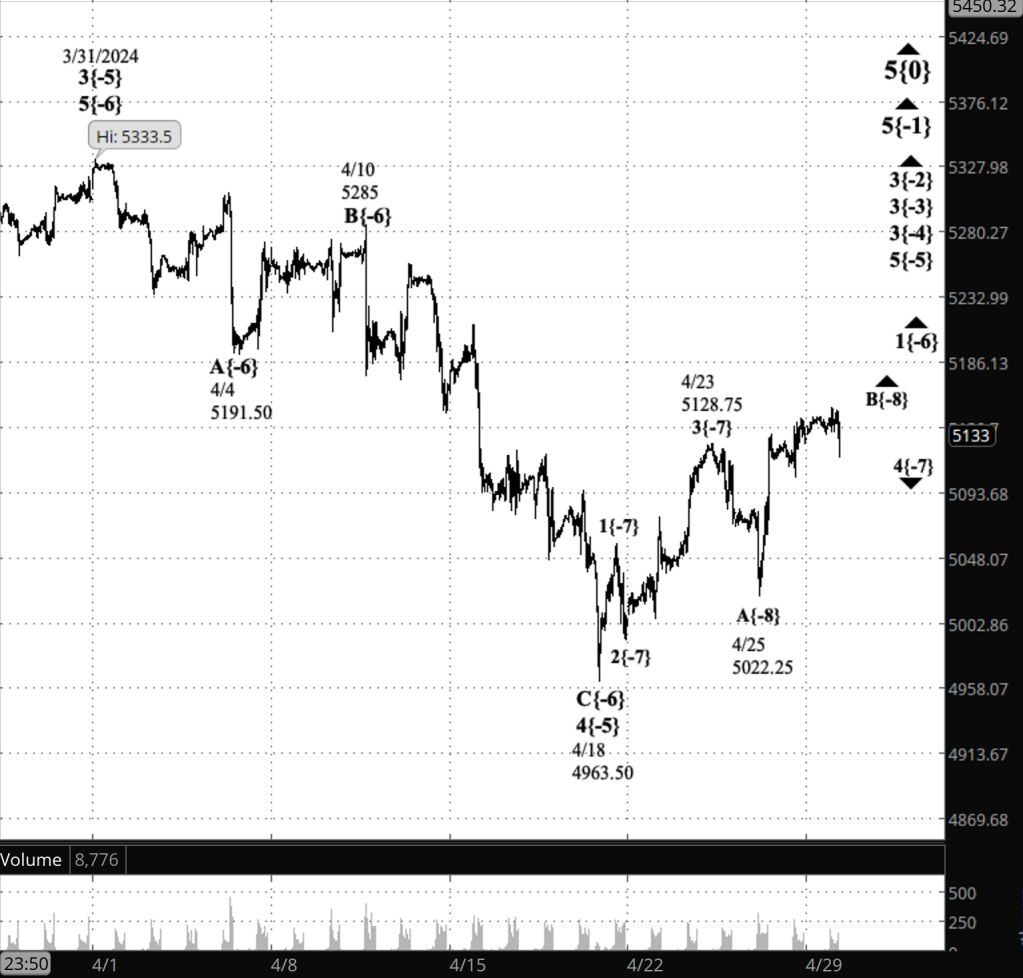
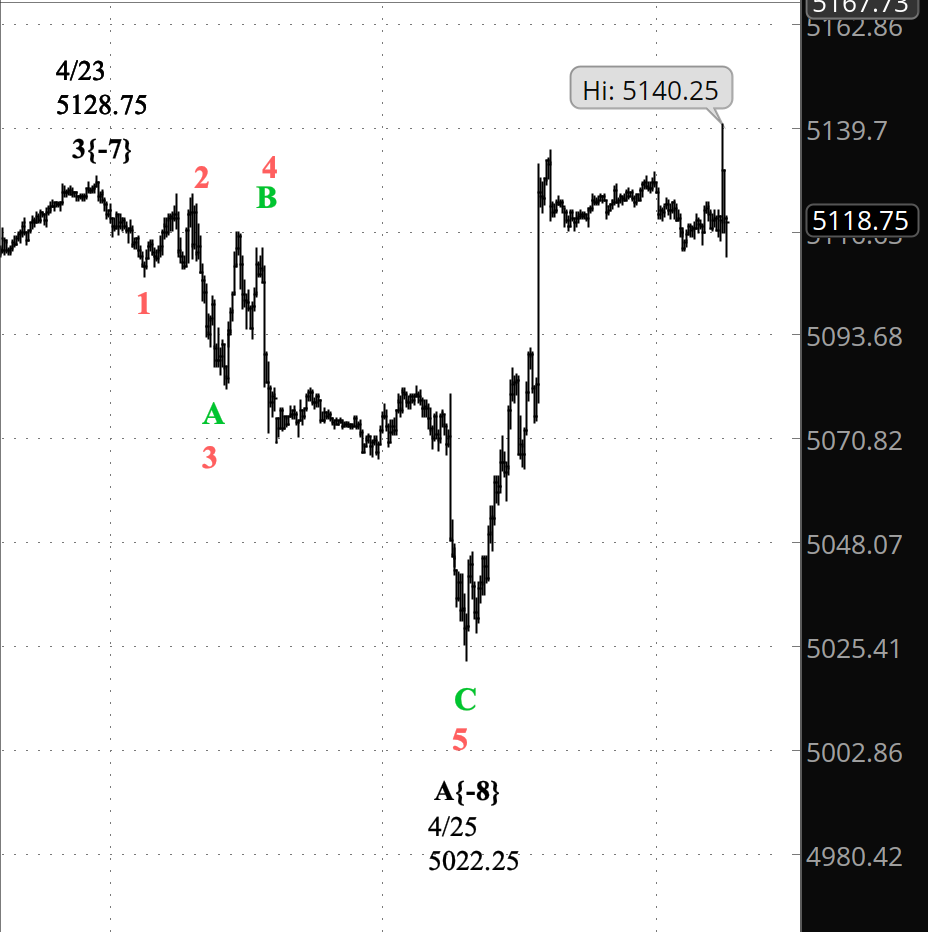
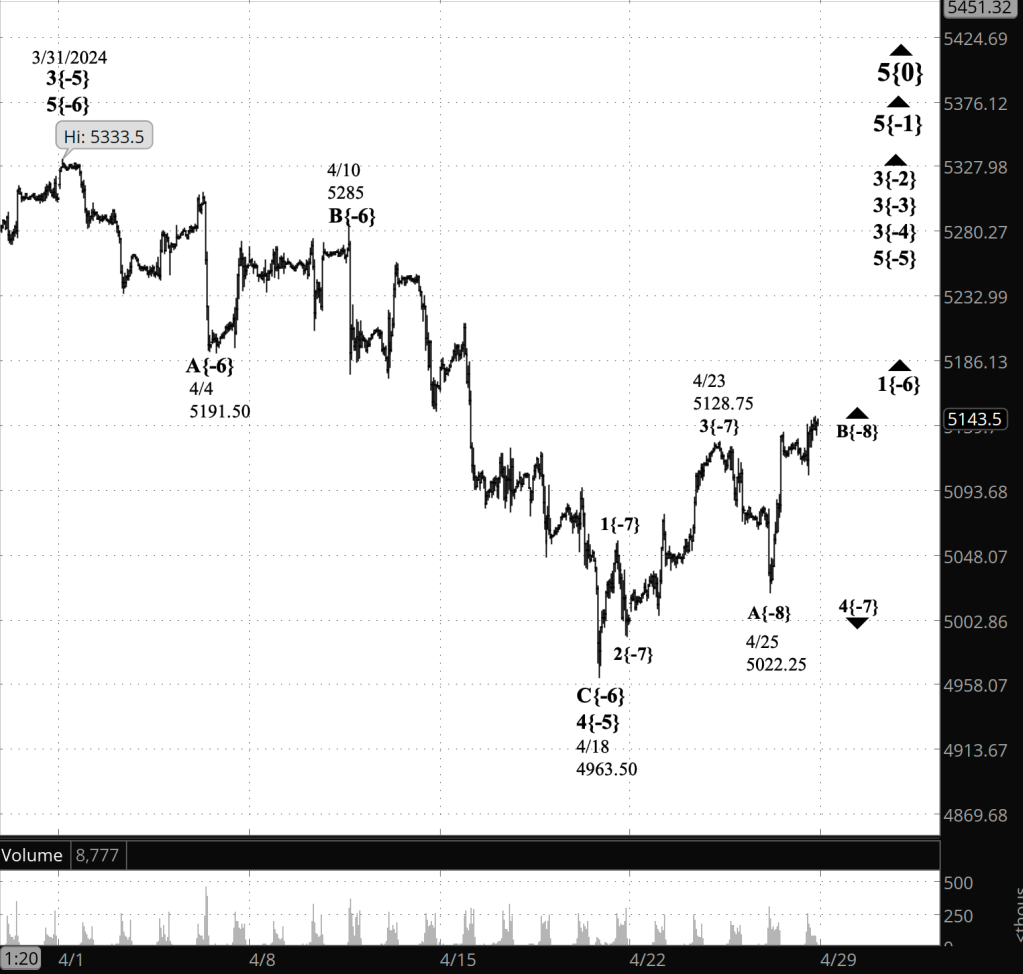
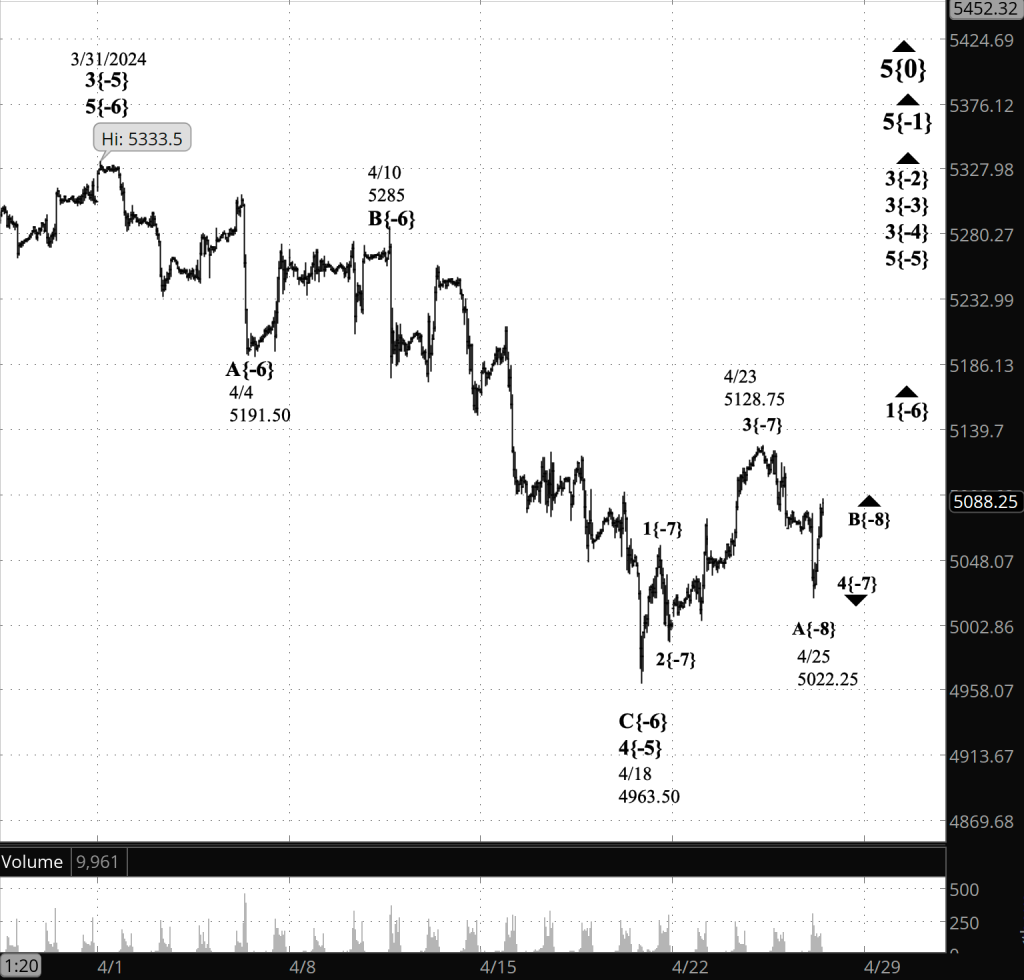
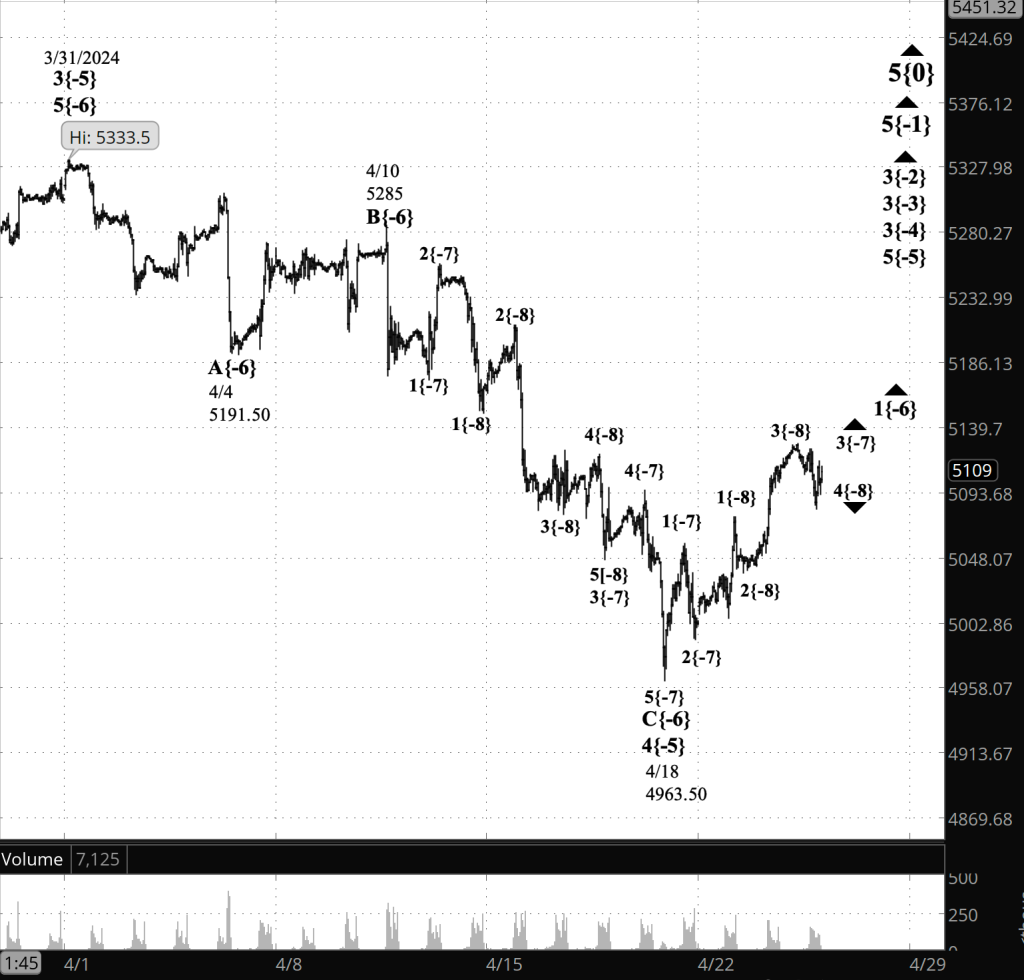
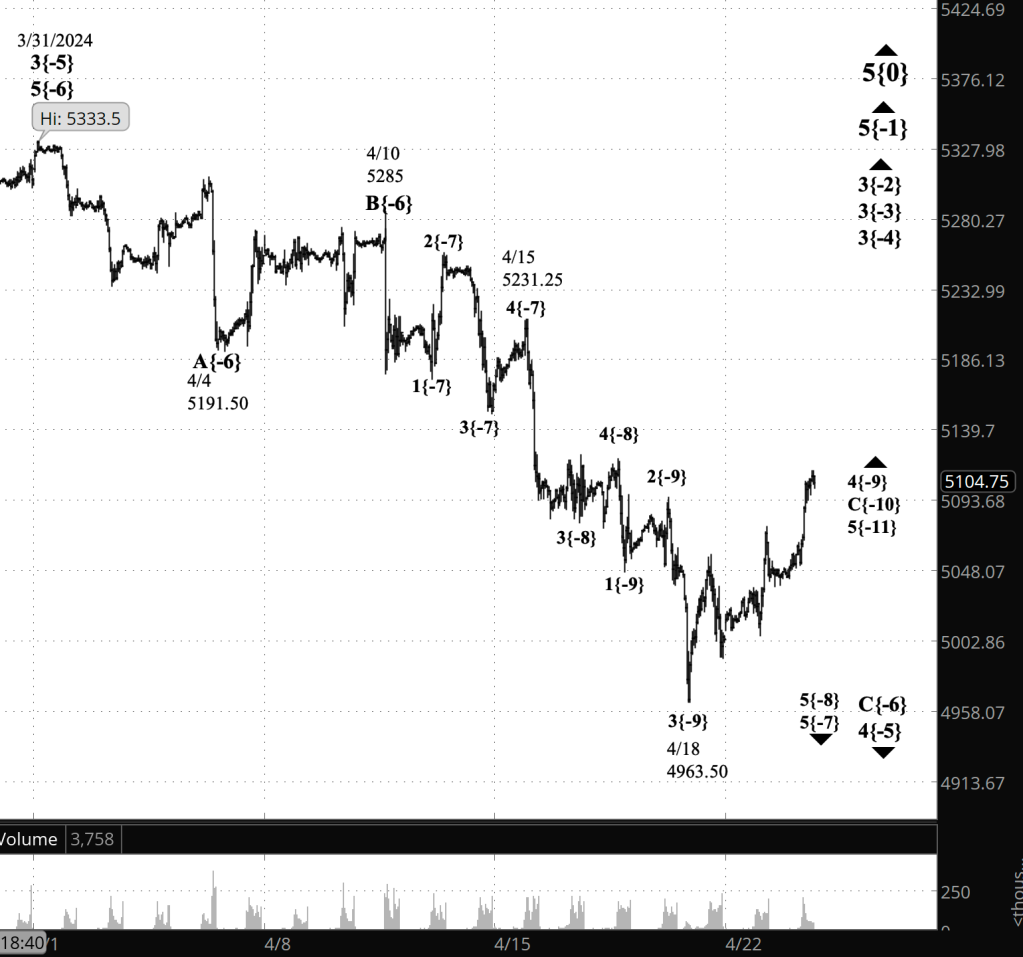
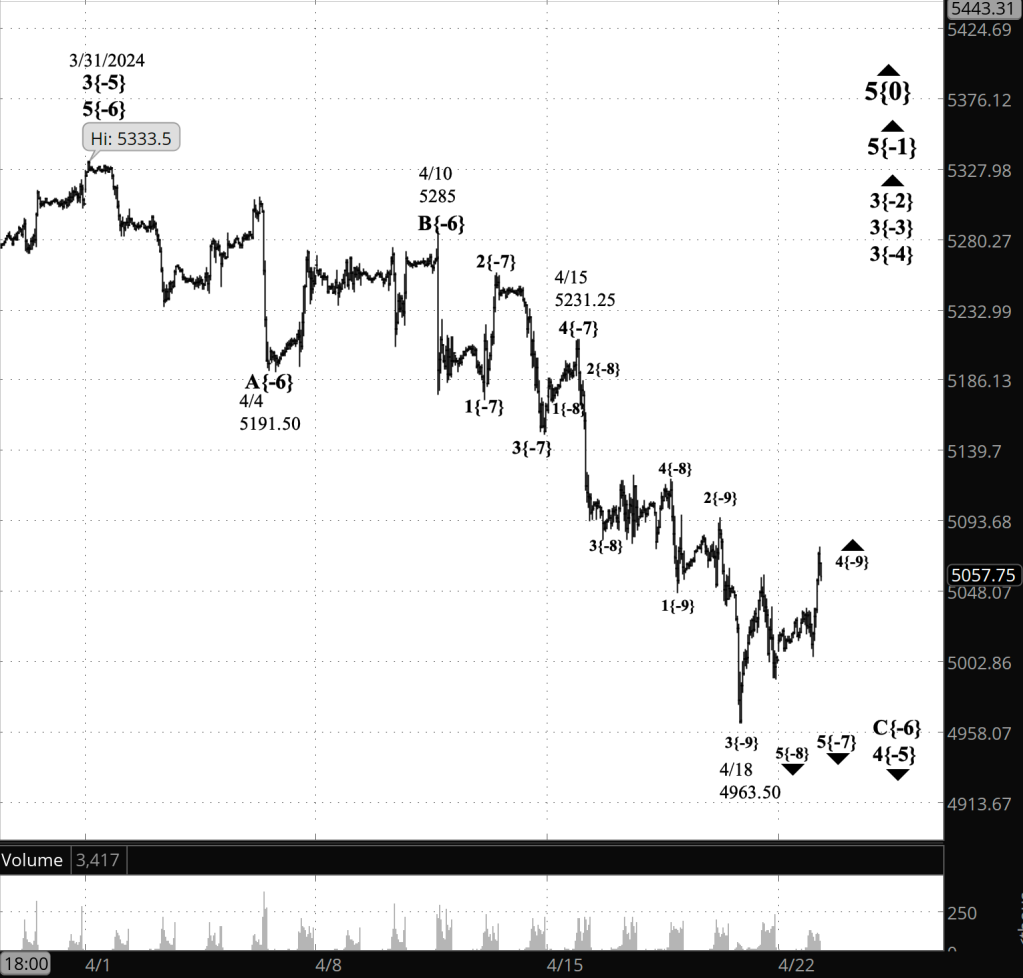
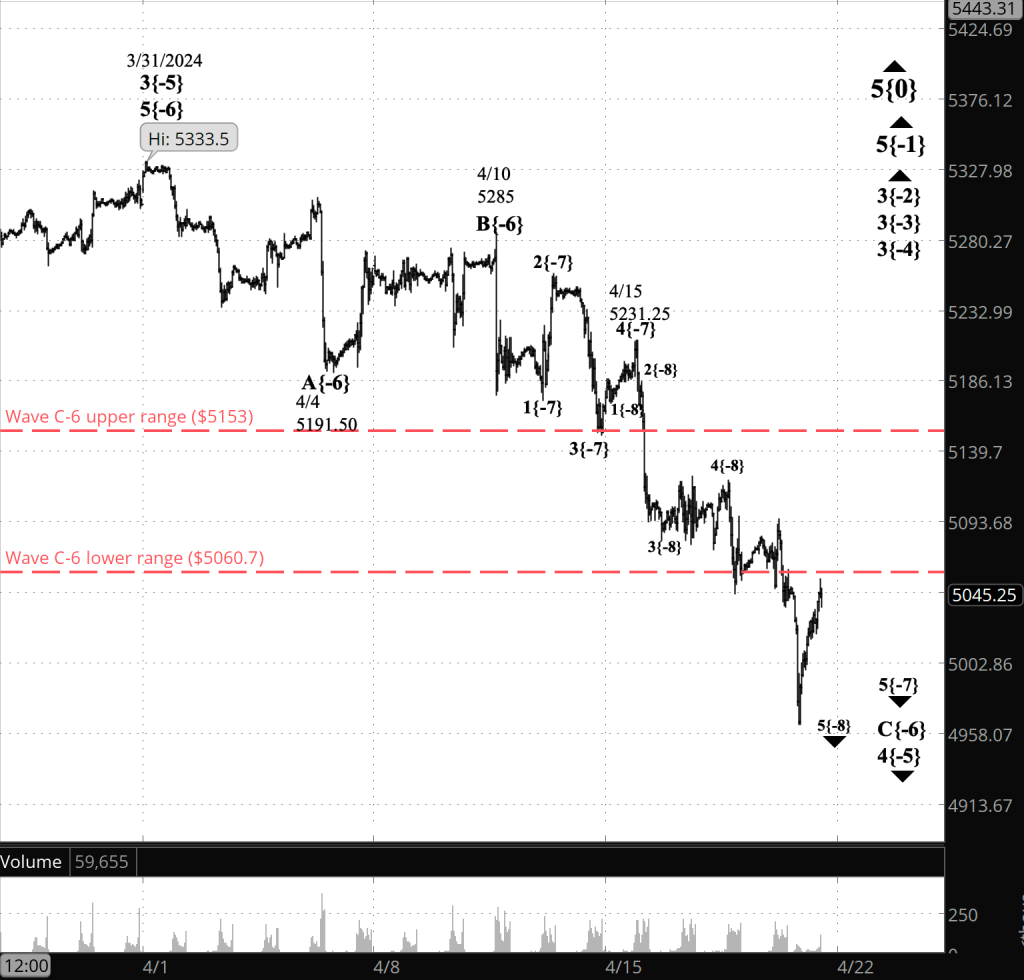

You must be logged in to post a comment.